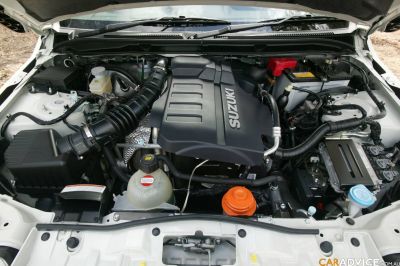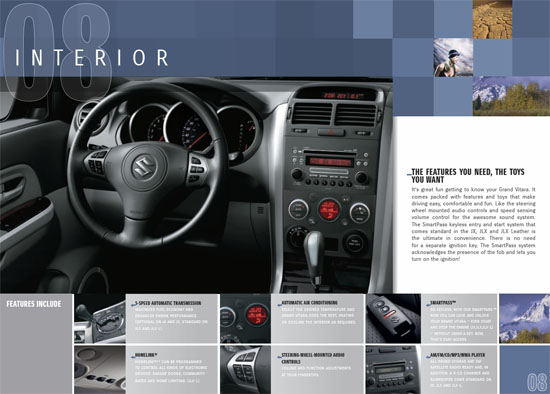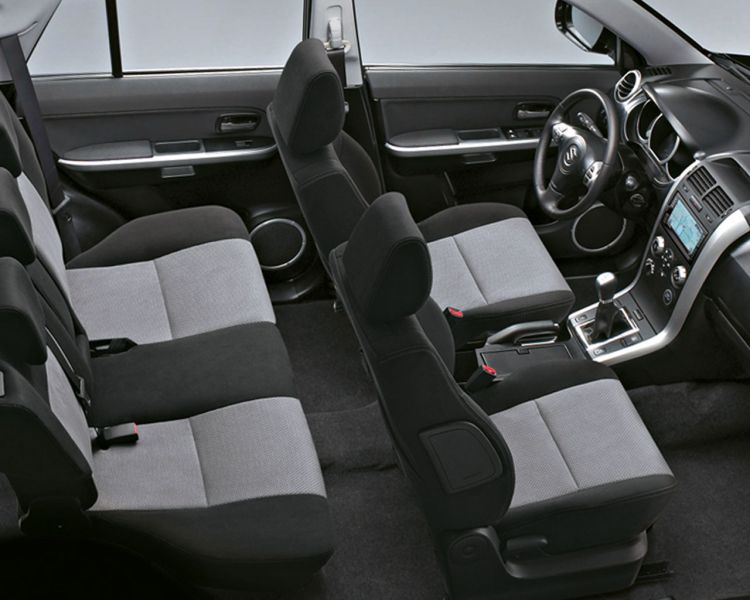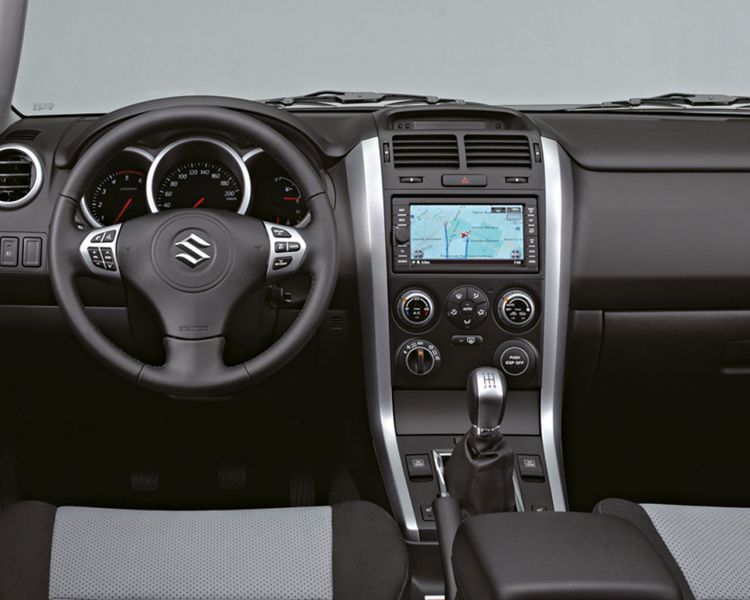Περιγραφη του Diesel κινητηρα
"The newest addition to the Grand Vitara line-up will boast a 1.9-litre Direct Diesel injection System (DDiS) intercooled and turbocharged engine producing 95 kW of power at 3750 rpm and a hefty 300 Nm of torque at just 2000 rpm.
“That makes the new turbo-diesel version not only the most powerful in the Grand Vitara line-up but also the most economical, sipping just 7.6 litres of diesel to cover 100 kilometres.
The 1870 cc single overhead cam engine has two valves per cylinder, bore and stroke of 80 mm and 90 mm respectively and a 17:1 compression ratio.
The Exhaust Gas Recirculation (EGR) valve on the turbo-diesel Grand Vitara is a throttle body type, with the passage between exhaust and intake manifolds opened via a throttle.
The rotating force on the throttle axis is provided by an electric motor, while feedback to the Electronic Control Module is provided by a position sensor.
The EGR valve is the main emissions control component in the exhaust gas recirculation system. The valve is located on the intake manifold, and opens a small passageway between the exhaust and intake manifold to allow a metered amount of exhaust to flow back into the engine.
This reduces combustion temperatures and helps control the formation of oxides of nitrogen.
The turbocharger is a Garret, water-cooled version, with boost pressure regulated by variable fins in the turbo, which are actuated by the ECM via a solenoid valve.
At low rpm, the fins are in a flat angle so the turbine speed is high although the exhaust gas speed is slow. At high rpm the fins are in a steep angle, so the turbine speed is lower although the exhaust gas speed is high.
Turbo cooling is provided by an electrical turbo cooling pump, which ensures circulation of engine coolant even after the engine has stopped.
The engine is equipped with a Bosch CP3 common rail fuel delivery system with magnetic coil injectors. Rail pressure can reach up to 1600 bar.
The common rail system employed in the Grand Vitara turbo-diesel engine ensured engineers had the freedom to ensure maximum power delivery while dramatically reducing exhaust emissions.
Common rail, with its flexible division of injection into several pre-, main and post-injections, allows the engine and the injection system to be matched to each other for optimum fuel delivery.
In the common rail accumulator injection system, the generation of the injection pressure is separate from the injection itself.
A high-pressure pump generates in an accumulator – the rail – a pressure of up to 1600 bar, independent of the engine speed and the quantity of fuel injected.
The fuel is fed through rigid pipes to the injectors, which inject the correct amount of fuel in a fine spray into the combustion chambers.
The Electronic Diesel Control (EDC) ensures extreme precision in all the injection parameters – such as the pressure in the rail and the timing and duration of injection – as well as performing other engine functions.
The injector actuators consist of several hundred thin piezo crystal wafers, which have the special characteristic of expanding rapidly when an electric field is applied to them.
The movement of this piezo packet is transmitted friction-free, using no mechanical parts, to the rapidly switching jet needles. Advantages over the earlier magnetic and current conventional piezo injectors include a more precise metering of the amount of fuel injected and an improved atomization of the fuel in the cylinders.
The rapid speed at which the injectors can switch makes it possible to reduce the intervals between injections and split the quantity of fuel delivered into a large number of separate injections for each combustion stroke.
As a result, the Grand Vitara turbo-diesel engine offers the best of all worlds; it’s fuel efficient, clean and powerful.
The engine includes a diesel particulate filter (DPF), located in the exhaust line after the oxidizing catalytic converter. Its shape is very similar to a catalytic converter, but half the ducts are plugged. Between each duct a porous material allows the gases to pass through while the particles remain on the filter walls.
The Grand Vitara turbo-diesel engine easily meets the stringent Euro IV emissions standard, which limits CO and NOx outputs to just 0.50 grams per kilometre and 0.25 g/km respectively."


















 ? Updates every
? Updates every